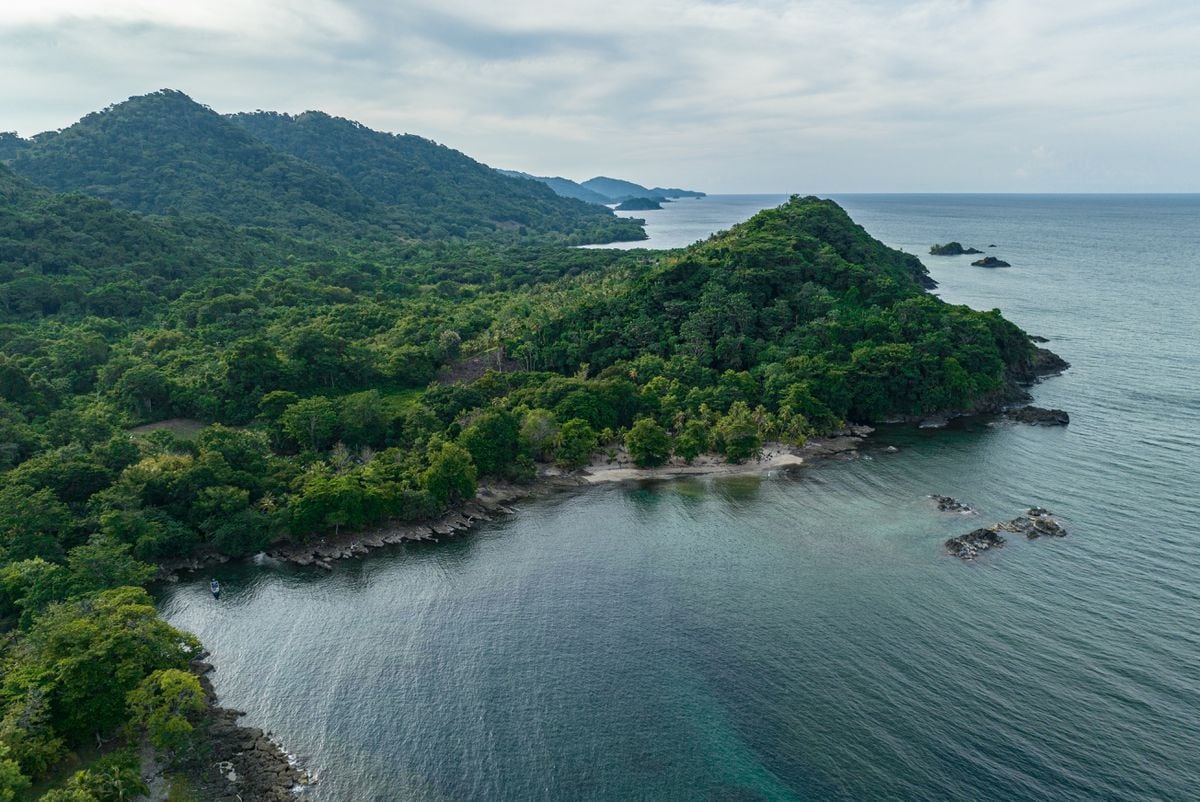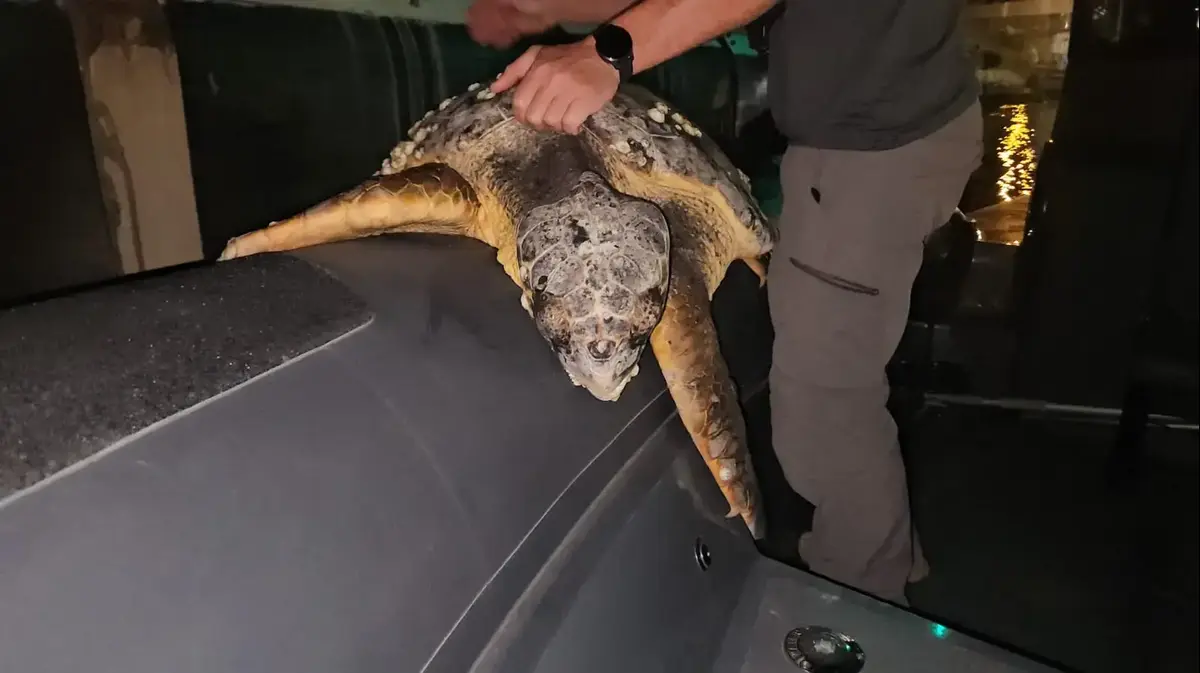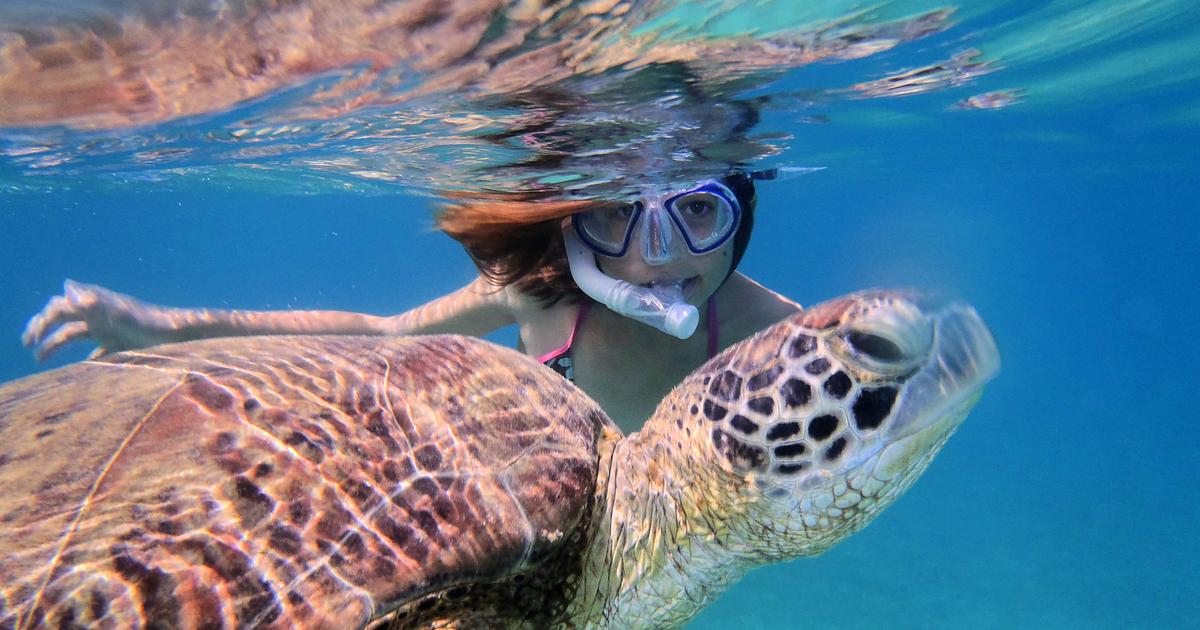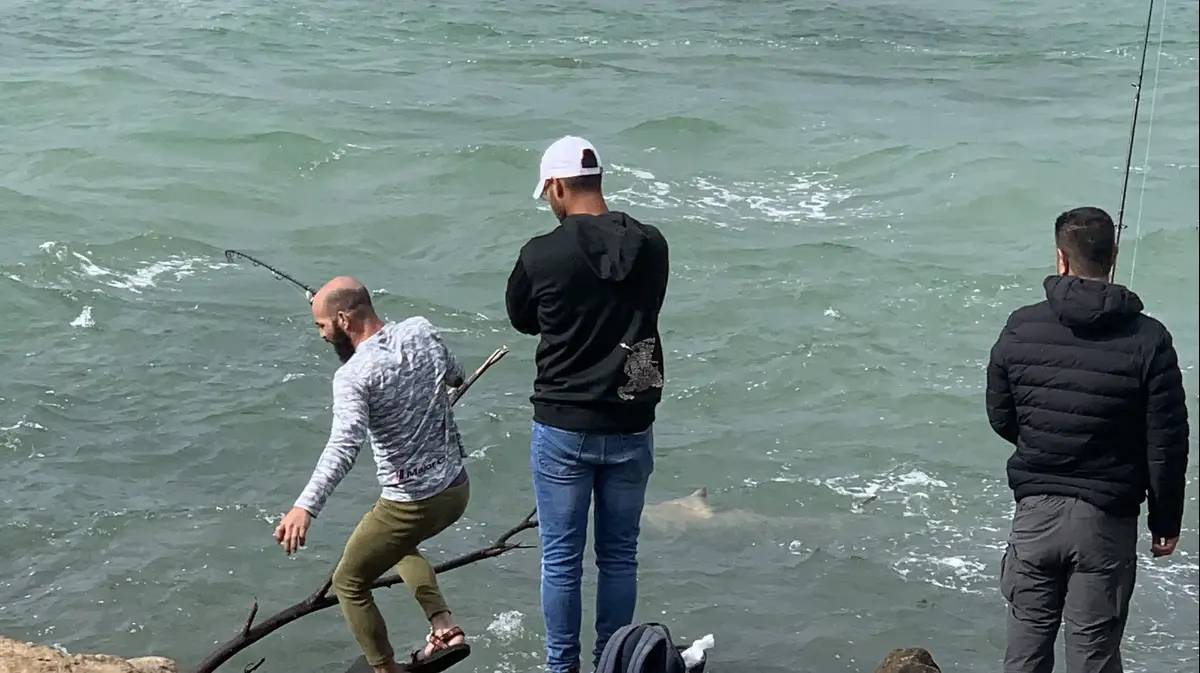EL PAÍS offers the América Futura section openly for its daily and global informative contribution on sustainable development.
If you want to support our journalism, subscribe
here
.
It all started with the gray turtle, the largest of all sea turtles.
In the Colombian municipality of Acandí, on the border with Panama, the black communities that administer the territory have turned to defending this imposing marine giant for almost a decade, subjected to enormous pressure, which spawns on the beaches of this area near the Caribbean.
The caná is an umbrella species, a kind of platform to protect the other species of a key ecosystem, which has become an example of conservation in one of the most biodiverse countries in the world.
It is a “symbol of life”, repeat enthusiastically the members of the Community Council of the Acandí River and North Coastal Zone, Cocomanorte, one of the three community councils that co-manage this protected area with the National Natural Parks of Colombia in the department of Chocó, which visited EL PAÍS at the invitation of WWF (World Wide Fund for Nature, in Spanish).
The area has everything ready for a huge expansion that, among others, will practically connect it with other protected areas in southern Panama, where indigenous communities are found, in a mosaic of conservation.
Inhabitants of Acandí, in Colombia, on September 10, 2022. Film (WWF COLOMBIA)
“The turtle arrives at these beaches because they provide optimal and adequate conditions for embryonic development and the birth of juveniles.
As it feeds mainly on jellyfish and jellyfish, the turtle is also a biological regulator”, explains Leison Darwin Palma, official of the National Natural Parks and head of the Acandí sanctuary.
He says it in the middle of an ecological trail, with superb views, that crosses the thick jungle that characterizes the region to connect Capurganá with Sapzurro, the last two coastal towns in northern Colombia, very close to the border with Panama.
Or better yet, the first two towns in Colombia, as the locals often suggest to journalists.
Acandí became a protected area in 2013, after a prior consultation process in which the three community councils representing black people participated.
It was then that the Acandí, Playón and Playona Fauna Sanctuary was declared a nesting and protection site for sea turtles, essentially for the caná (
Dermochelys coriacea)
.
Now it will go from 26,000 to 102,000 hectares, mainly marine, with new conservation objectives and new species under threat, of economic, social and cultural importance for the communities.
Among them, the hawksbill (
Eretmochelys imbricata)
, green (
Chelonia mydas
) and loggerhead (
Caretta caretta
) turtles.
The expanded sanctuary offers the largest habitat for sea turtles in the entire Colombian Caribbean and receives populations of turtles that come from Central America, explains Carlos Mauricio Herrera, a specialist in protected areas and conservation strategies at WWF Colombia.
"But, in addition, there is a fundamental factor here, which is the participation of the community in the construction of a management scheme in which the black people make decisions with Natural Parks to conserve the territory," he highlights.
Acandí became a protected area in 2013. Film (WWF COLOMBIA)
Emigdio Pertuz, legal representative of Cocomanorte, describes the protected area as “the most important work that has been done in Acandí”.
It has also marked in a broader sense an environmental awakening of its inhabitants.
Many years ago, for example, they felled mangroves by the piece.
"We cleared the beach, and the sea washed away the beach," laments Pertuz.
With the mangrove, species with which they fed disappeared, such as the blue crab, the silver mojarra or the palitero shrimp.
Now they are planting it again.
"We had not understood the importance of the mangrove, just as we had not understood that of the coral," says Pertuz on a tour of a large mangrove forest in Playa Soledad.
Enormous challenges remain on several fronts, including climate change, invasive species, waste management, and the growing flow of migrants who venture into the jungle in the hope of reaching Panama, and then continuing on to the United States.
“Our sea and our rivers are our pantry”, reflects Milena de la Ossa, a local expert from the community council.
"Perhaps in some times many did damage, but we are recovering, with different projects," she explains.
Among them, work to reforest, take care of the rivers or order tourism from their traditions as ethnic communities.
Protected areas are one of the most important mechanisms to conserve nature and culture in the world.
The management of those resources in the second most biodiverse country in the world, and also the most dangerous for environmental leaders, is a fundamental issue.
The presidents of Colombia are aware of the value of their precious parks and reserves, which is why they have spent years in a process of expanding these protected areas.
In the period of Juan Manuel Santos (2010-2018), for example, the extension of the Chiribiquete National Park, a World Heritage Site, doubled to 4.3 million hectares.
Already in the final stretch of the Government of Iván Duque, with the new zones that were declared in the first half of this year, Colombia reached 30% of marine protected areas.
In this way, it anticipated the goal of having 30% of its territory declared a protected area by 2030 – at least partially, since the terrestrial ones are around 19%.
It is the worldwide strategy known as 30x30.
Fishing is a very important activity for the inhabitants of the Acandí Sanctuary. Film (WWF COLOMBIA)
President Gustavo Petro, who has been in office for just over a month, has also given priority to a marked environmental discourse.
In the prelude to his possession, he had events full of symbolism in two other emblematic natural parks: The Sierra Nevada de Santa Marta and the Serranía de la Macarena – with the colorful Caño Cristales in which his official image was taken.
Next week, in the framework of the United Nations General Assembly, he will attend a meeting of leaders for nature in which he is expected to ratify Colombia's environmental commitments.
About half of the Colombian territory is marine.
"That is a notion that not all of us have internalized, and that is why we maintain a more important relationship with the mountains, the savannahs and even the beaches, but it is an eminently marine country," Herrera points out.
"The health of the sea, the good state of the sea, helps our country not only to develop industries such as fishing, on which many families depend, but also the ocean is the main ecosystem that works for the carbon sink" , details.
Climate regulation, food production or marine transit depend on healthy ecosystems, he concludes.



/cloudfront-eu-central-1.images.arcpublishing.com/prisa/6W5UW5NK5ZH77N2RSC3TBYR33Y.jpg)
/cloudfront-eu-central-1.images.arcpublishing.com/prisa/6S7ZRJSVMJHOVNOIZWQSQ375RA.jpeg)




